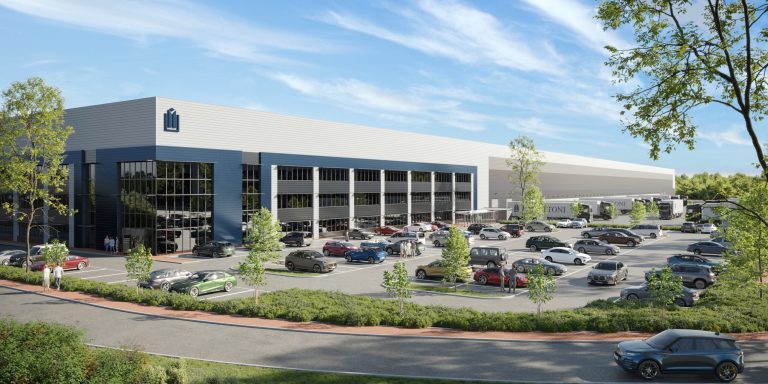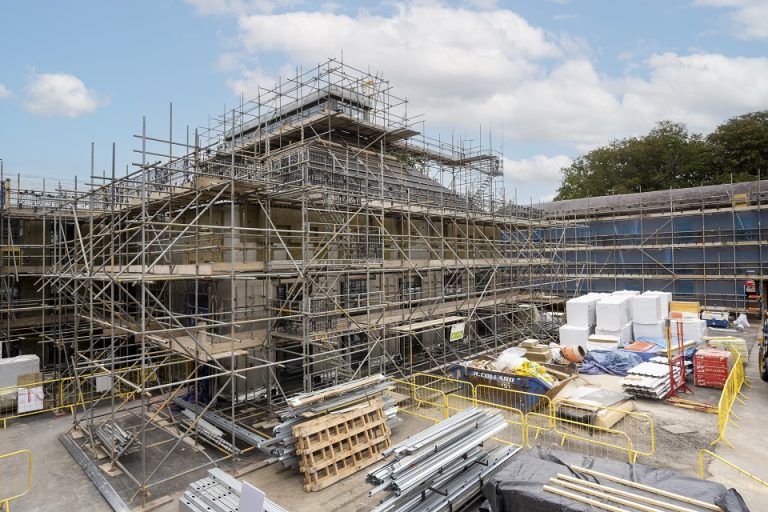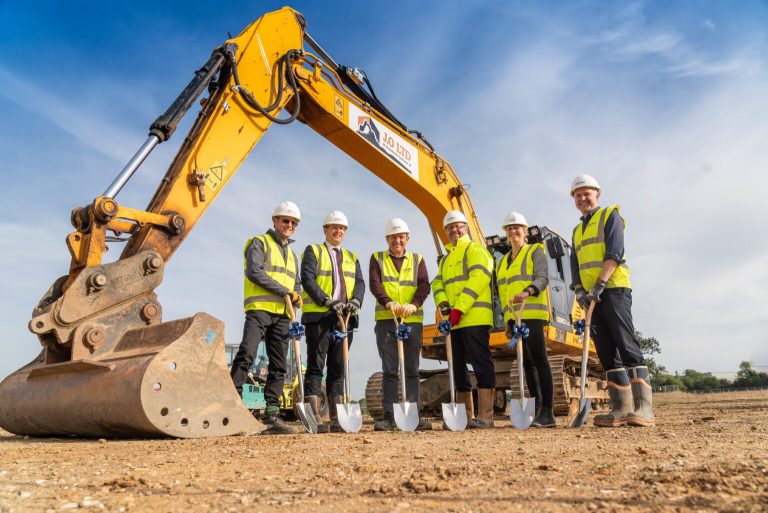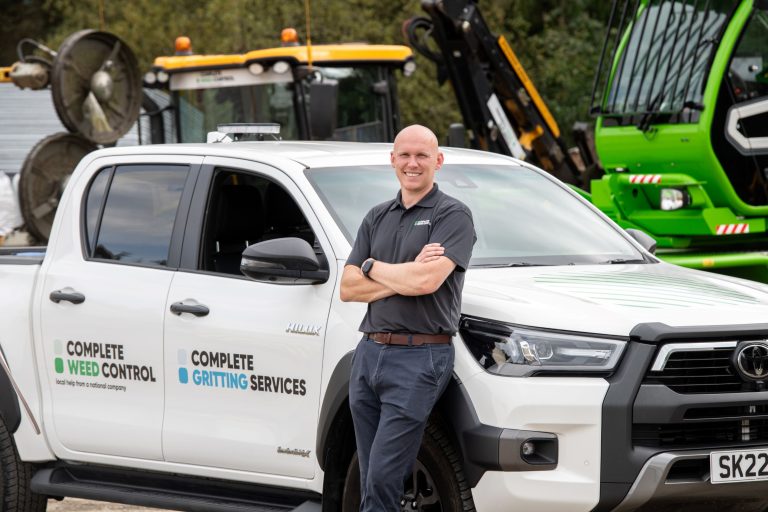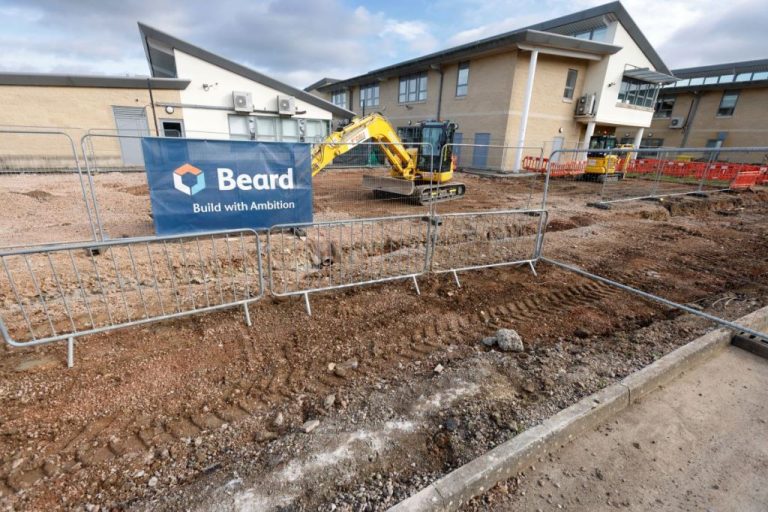By Keith Gallacher Everyone who drives a car or travels by bus will have seen the small forests of plastic tubes at the side of any new road or motorway works. They are there to provide initial protection for tree saplings planted as part of the landscaping of the project. It would be comforting to think that these mini-forests were created by the highway builders as a pleasing aesthetic, a green and leafy mitigation against the thunder of the traffic which the new roads create. However, the requirement for plantings is more likely to have been written into the planning agreements for the works, either as compensation for trees cut down during construction or as carbon capture measures to soak up the consequent fumes. Whatever the rationale, the fact that no road building project is likely to go ahead in the UK these days without some form of planting for pollution control has to be a step forward. Cast your mind back only a few decades – it never used to happen. But, laudable though the greening of motorways and roads may be as a general principle, one part of the programme can sometimes be missing – it is inescapable that, for trees to grow, flourish and fulfil their purpose, they have to be looked after. As any gardener will attest, you can’t just bung something in the ground and walk away. Plants have to be nurtured, watered and fed. The soil they go into is of crucial importance to their health. They are living entities – if the conditions for life are not met, they will die. And, unfortunately, this is exactly what is happening on road projects across the UK. In one particularly egregious example, National Highways planted 850,000 saplings as part of a £1.5 billion upgrade of the A14 between Cambridge and Huntingdon – three-quarters of which have subsequently died. That’s 637,500 trees wasted. The estimated cost of replanting was £2.9 million earlier this year. An FoI request earlier this month also revealed that 30.4% of saplings have died across the nine out of 38 projects carried out by National Highways for which figures were provided. The actual number is likely to be much higher. What this says, according to many experts, is that there is a danger in the wider infrastructure mindset of focusing on the number of trees planted, rather than their survival, and that the focus on subsequent care is blurred, to say the least. It hasn’t helped that politicians in their manifestos have been in a bit of a bidding war about the number of trees they’ll plant and often the young and tender saplings are placed far too close together, further eroding their chances of survival. It is axiomatic that only growing trees capture carbon or improve habitat and that, if survival rates improve, then planting remains one of the most cost-effective ways of managing emissions. Compared to other forms of land use, nothing measures up to trees, though there is a strong case to be made for the use of shrubs and other lower-growing plantings which, being nearer the ground, collect pollutants of the surfaces of leaves and bark. Soil is an important factor, too. Often in road building projects, construction spoil is used for landscaping, and there is no benefit in simply spreading a layer of compost or topsoil across what is, effectively, horticultural rubbish. On a more positive note, one of the heartening takeaways from the Cambridge tree debacle was that National Highways internal documents reveal that the replanting plan will use more mulch to hold water, better tree guards, improved topsoil and reviews of both the type of tree planted and the sapling’s age. This is the sort of thing that should perhaps have been taken into consideration in the first place, and should give the sector as a whole food for thought about how what is essentially a good idea – planting trees – can be made to work for everyone’s benefit. As Albert Einstein said, doing the same thing over and over again and expecting different results is the definition of insanity. It certainly seems insane not to at least consider a better way of doing things. Building, Design & Construction Magazine | The Choice of Industry Professionals
